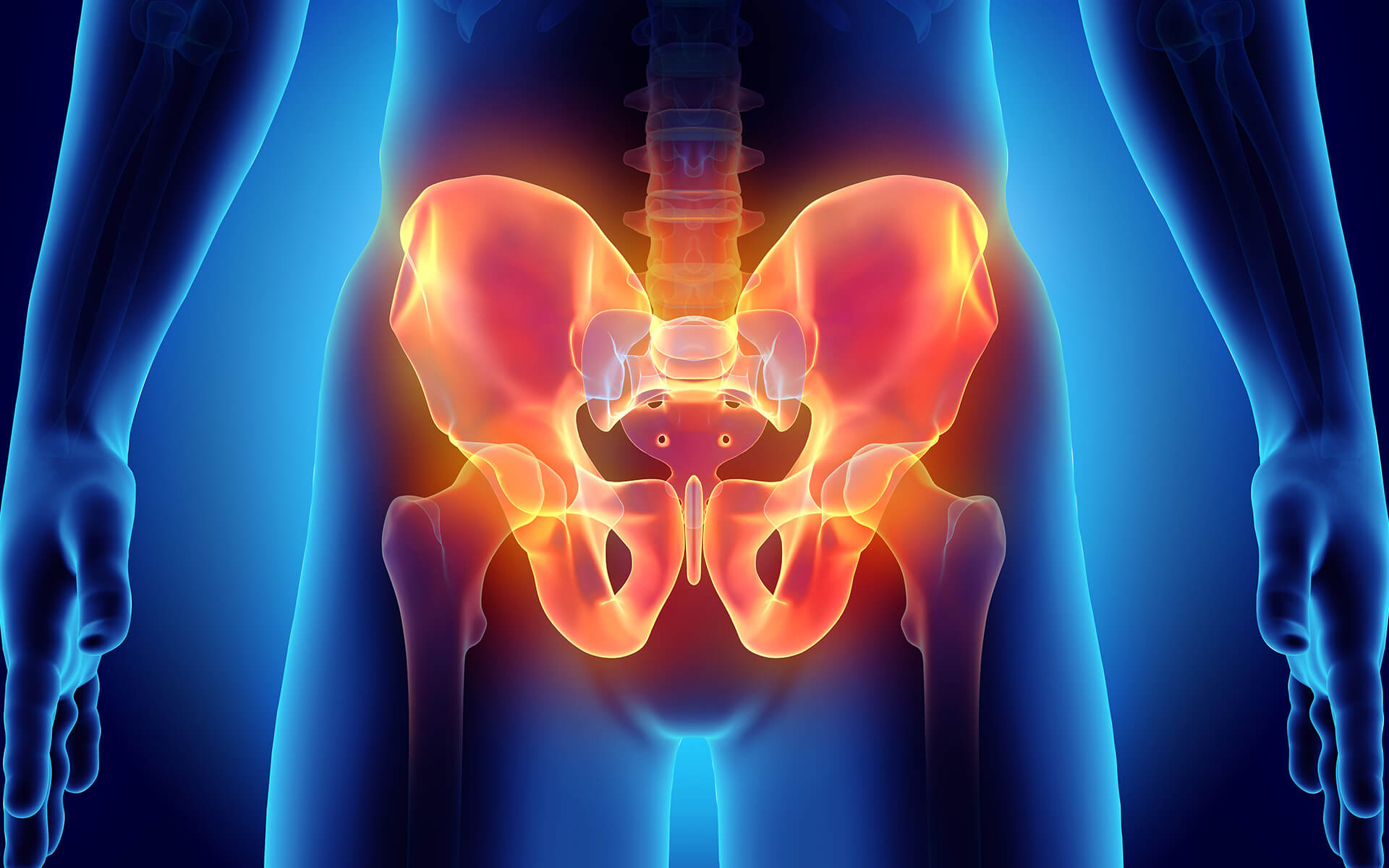
Ever wondered about the pudendal nerve? This crucial nerve plays a vital role in our daily lives, yet many people know little about it. Found in the pelvic region, the pudendal nerve is responsible for sensation and muscle control in areas like the genitals, anus, and perineum. Understanding the pudendal nerve can help you recognize symptoms of nerve damage or irritation, which might include pain, numbness, or even incontinence. Whether you're a student, a healthcare professional, or just curious, learning about this nerve can be both fascinating and useful. Let's dive into 27 intriguing facts about the pudendal nerve that will enlighten and inform you.
Pudendal Nerve: The Basics
The pudendal nerve is a crucial part of the human body, especially for functions related to the pelvic region. Understanding this nerve can help in recognizing its importance in daily activities and overall health.
- The pudendal nerve originates from the sacral plexus, specifically from the S2, S3, and S4 spinal nerves.
- It is responsible for providing sensory and motor innervation to the perineum, which includes the genitalia and anus.
- This nerve plays a key role in controlling the external urethral and anal sphincters, which are essential for urinary and fecal continence.
- The pudendal nerve also contributes to sexual function by innervating the muscles involved in erection and orgasm.
Pathways and Branches
The journey of the pudendal nerve through the body is intricate, with several branches that serve different functions. Knowing these pathways can help in understanding various medical conditions.
- The pudendal nerve exits the pelvis through the greater sciatic foramen.
- It then re-enters the pelvis through the lesser sciatic foramen.
- The nerve travels through the pudendal canal, also known as Alcock's canal.
- It splits into three main branches: the inferior rectal nerve, the perineal nerve, and the dorsal nerve of the penis or clitoris.
- The inferior rectal nerve provides sensation to the skin around the anus and the lower part of the anal canal.
- The perineal nerve supplies the skin and muscles of the perineum.
- The dorsal nerve of the penis or clitoris is responsible for sensory innervation to these organs.
Pudendal Nerve Entrapment
Pudendal nerve entrapment (PNE) is a condition that can cause significant pain and discomfort. Understanding its causes and symptoms can aid in early diagnosis and treatment.
- PNE occurs when the pudendal nerve is compressed or irritated.
- Common causes include prolonged sitting, cycling, or childbirth.
- Symptoms of PNE include chronic pelvic pain, numbness, and tingling in the genital area.
- Pain may worsen when sitting and improve when standing or lying down.
- Diagnosis often involves nerve conduction studies and imaging tests like MRI.
- Treatment options include physical therapy, medications, nerve blocks, and in severe cases, surgery.
Pudendal Neuralgia
Pudendal neuralgia is another condition associated with the pudendal nerve, characterized by chronic pain. Recognizing its signs can help in seeking appropriate medical care.
- Pudendal neuralgia is often caused by nerve damage or irritation.
- Symptoms include burning, stabbing, or aching pain in the pelvic region.
- Pain may radiate to the buttocks, perineum, and inner thighs.
- Sitting for long periods can exacerbate the pain.
- Diagnosis is typically made through clinical evaluation and exclusion of other conditions.
- Treatment may involve medications, nerve blocks, physical therapy, and lifestyle modifications.
Importance in Childbirth
The pudendal nerve plays a significant role during childbirth, affecting both the mother and the baby. Understanding its function can help in managing labor and delivery.
- During childbirth, the pudendal nerve can be stretched or compressed, leading to temporary or permanent damage.
- Damage to this nerve can result in urinary or fecal incontinence postpartum.
- Episiotomies or perineal tears during delivery can also affect the pudendal nerve.
- Proper management and care during childbirth can minimize the risk of pudendal nerve injury.
Final Thoughts on Pudendal Neuralgia
Pudendal neuralgia is a condition that can significantly impact daily life. Understanding its symptoms, causes, and treatments is crucial for managing it effectively. From sharp, burning pain to issues with bladder and bowel control, the symptoms can be varied and challenging. Causes range from prolonged sitting to childbirth injuries. Treatments include physical therapy, medications, and sometimes surgery. Early diagnosis and intervention can make a big difference in quality of life. If you suspect you have pudendal neuralgia, consult a healthcare professional for a proper diagnosis and treatment plan. Knowledge is power, and being informed can help you take control of your health. Stay proactive, seek support, and don't hesitate to explore different treatment options. Your well-being is worth the effort.
Was this page helpful?
Our commitment to delivering trustworthy and engaging content is at the heart of what we do. Each fact on our site is contributed by real users like you, bringing a wealth of diverse insights and information. To ensure the highest standards of accuracy and reliability, our dedicated editors meticulously review each submission. This process guarantees that the facts we share are not only fascinating but also credible. Trust in our commitment to quality and authenticity as you explore and learn with us.
